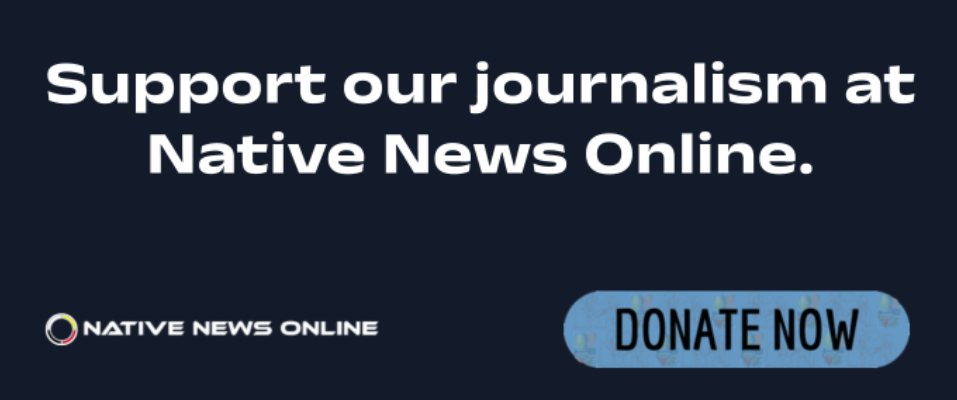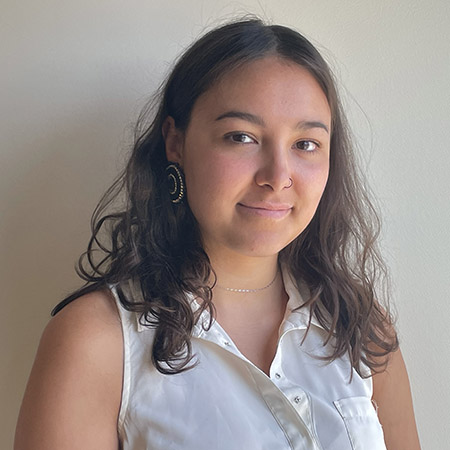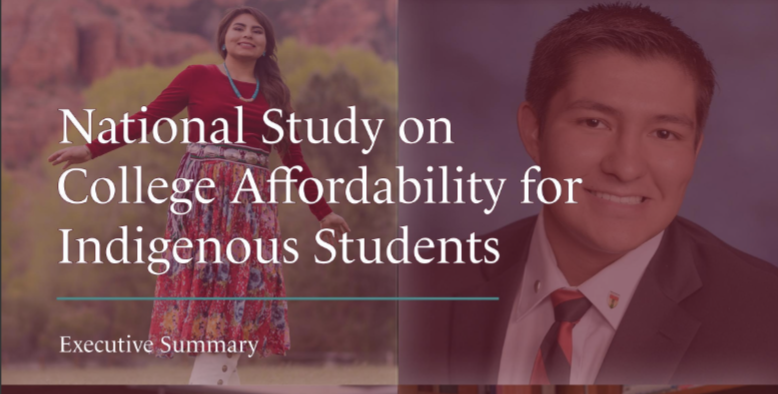
- Details
- By Neely Bardwell
For many Native American students, college can seem like an out-of-reach dream due to the cost of tuition and other expenses. This sentiment has been amplified in a recently released report from four leading Native scholarship providers.
The National Native Scholarships Providers (NNSP) released its first-ever National Study on College Affordability for Indigenous Students. The report aims to highlight and dismantle barriers Native students face in pursuing higher education.
Funded by a grant from Lumina Foundation, the study marks a collaboration between four leading providers of scholarships to Native American students: the American Indian College Fund, the Cobell Scholarship, the American Indian Science and Engineering Society (AISES), and the Native Forward Scholars Fund (formerly the American Indian Graduate Center).
“We want the American public and policymakers to understand the unique barriers faced by Native students as they pursue their education dreams,” American Indian College Fund CEO Cheryl Crazy Bull said in a statement. “These barriers can be removed through continued investment via scholarships, tuition support, and supportive partnerships. This study provides a foundation from which to explore those investments.”
Cost barriers combined with volatile college environments put many Native students at a disadvantage compared to their white peers. The survey of Native students found that;
- 72 percent of the current-student study participants reported running out of money at least once in the last six months.
- 16 percent of both current and former student study participants reported experiencing homelessness during their higher education.
- Half of all participants chose their institution based on the overall cost of attendance.
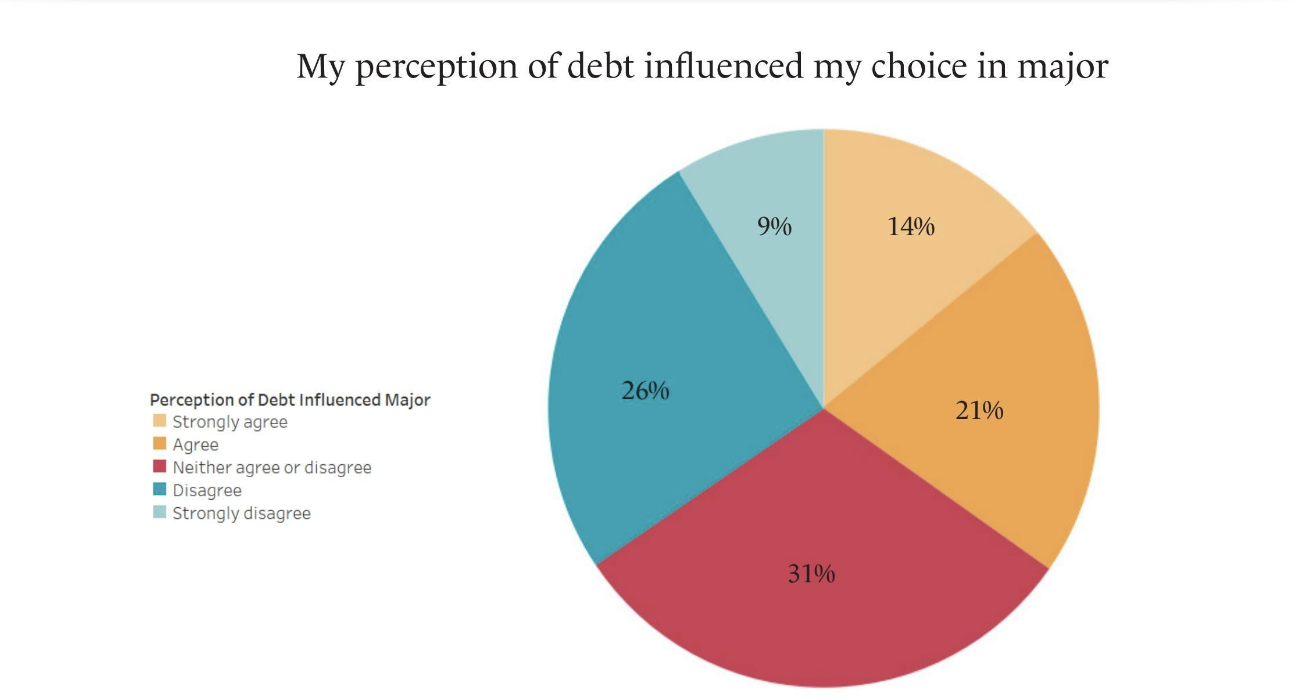
- Over half of participants could not save any money before attending college.
- 67 percent of current students reported being expected to contribute to family bills.
- The top seven common college costs that negatively impact participants’ education budgets are car maintenance, books, housing, food, gas, utilities, and a cell phone bill.
- 30 percent of current students agree that they did not fully understand the actual costs of attending college.
- 40 percent of former students have accrued more than $10,000 of debt.
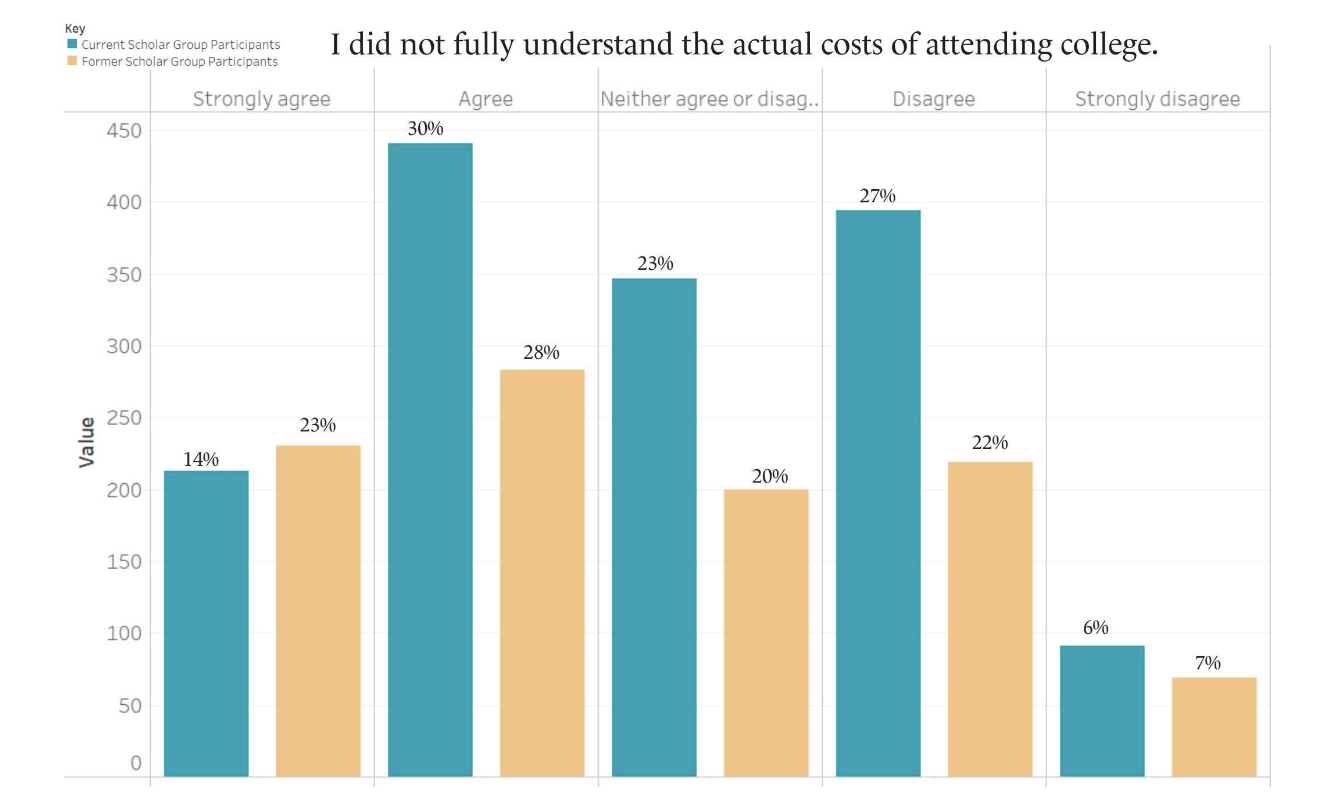
In 2014, only 36 percent of Indigenous students entering four-year colleges and universities completed their academic degrees in six years, compared to 60 percent of all other students.
“This national study brings Native students’ voices to the forefront so we can begin to build the foundation for awareness, inclusion, and better understanding of the complexities of Native students’ journey through college,” Native Forward Scholars Fund CEO Angelique Albert said in a statement. “Collaborating with other nonprofits to form National Native Scholarship Providers is an important step in this process to explore college affordability, access to higher education, and the challenges Native students face, on and off campus.”
The study included various statements from anonymous Native students testifying to their collegiate experiences, including:
- “I was shocked when I got my…statement for the semester because when you think about college expenses, you think of housing, tuition, food. And that statement had probably 20 or so different fees. And each fee when they’re $100 to $200, they add up extremely quickly.”
- “I had negative money. I had some credit card debts and I drove this car that was made out of 10 other cars, it was 10 different colors and all of that. I had nothing. And I think a lot of people in that situation say forget it, I can’t go to college. Can’t afford that.”
- “I find there’s more help to get [in] to debt, not so much to get out of it.”
Read the full study here. See Tribal Business News for additional reporting.
More Stories Like This
Hanging a Red Dress for Christmas: MMIP, Native Higher Education, and Hope for a Better New YearNative Students Can Win $5,000 Scholarship, International Distribution in Pendleton Design Contest
American Indian College Fund Raises Alarm Over Plan to Shift Native Programs Away From the Dept. of Education
MacKenzie Scott Foundation Gives $5 Million Contribution to Little Priest Tribal College
Tribal Leaders Push Back on Dismantling of U.S. Department of Education
Help us defend tribal sovereignty.
At Native News Online, our mission is rooted in telling the stories that strengthen sovereignty and uplift Indigenous voices — not just at year’s end, but every single day.
Because of your generosity last year, we were able to keep our reporters on the ground in tribal communities, at national gatherings and in the halls of Congress — covering the issues that matter most to Indian Country: sovereignty, culture, education, health and economic opportunity.
That support sustained us through a tough year in 2025. Now, as we look to the year ahead, we need your help right now to ensure warrior journalism remains strong — reporting that defends tribal sovereignty, amplifies Native truth, and holds power accountable.
 The stakes couldn't be higher. Your support keeps Native voices heard, Native stories told and Native sovereignty defended.
The stakes couldn't be higher. Your support keeps Native voices heard, Native stories told and Native sovereignty defended.
Stand with Warrior Journalism today.
Levi Rickert (Potawatomi), Editor & Publisher

